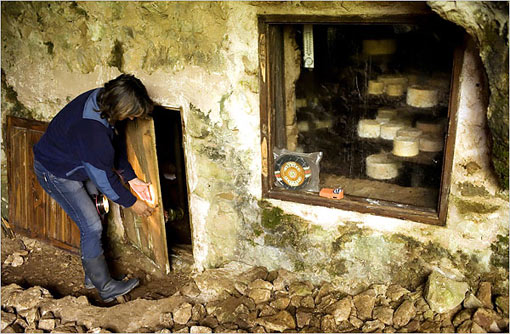You are hereArchive - Dec 10, 2008
Archive - Dec 10, 2008
10 Dec 1915: The first computer programmer, daughter of Lord Byron, Ada Lovelace born in London

(quote)
The daughter of famed poet Lord Byron, Augusta Ada Byron, Countess of Lovelace - better known as "Ada Lovelace" - was born in London on December 10, 1815. Ada was the only legitimate child of the famous poet Lord George Gordon Byron. Lord Byron's marriage to Ada's mother, Lady Anne Isabella Milbanke Byron, was not a happy one. Lady Byron separated from her husband only weeks after their daughter was born. A few months later, Lord Byron left England, and Ada never saw her father again. He died in Greece when Ada was 8 years old.
Ada had an unusual upbringing for an aristocratic girl in the mid-1800s. At her mother's insistence, tutors taught her mathematics and science. Her mother believed that engaging in rigorous studies would prevent Lovelace from developing her father's moody and unpredictable temperament. From early on, Lovelace showed a talent for numbers and language. She received instruction from William Frend, a social reformer; William King, the family's doctor; and Mary Somerville, a Scottish astronomer and mathematician. Somerville was one of the first women to be admitted into the Royal Astronomical Society.
Augusta Ada King-Noel, Countess of Lovelace (née Byron; 10 December 1815 – 27 November 1852) was an English mathematician and writer, chiefly known for her work on Charles Babbage's proposed mechanical general-purpose computer, the Analytical Engine. She was the first to recognise that the machine had applications beyond pure calculation, and published the first algorithm intended to be carried out by such a machine. As a result, she is often regarded as the first to recognise the full potential of a "computing machine" and the first computer programmer. read more »
10 Dec 1799 France adopts the metric system, first country to do so

(quote)
The metric system, that is the system of units based on the metre, was officially adopted in France on 10 December 1799 (19 frimaire An VIII) and became the sole legal system of weights and measures there from 1801.
In France, before the start of the Revolution in 1789, there had been no uniformity of weights and measures. Trading had been difficult and fraud had been easy, so in 1790 the French National Assembly called for uniform new measures to put a stop to the abuses taking place. Charles Maurice Talleyrand, Bishop of Autun, presented to the Assembly a scheme based upon “natural” measures which he proudly stated would be “for all people, for all time”. This was modified by the Academy of Science, which also strongly favoured the new measures forming a decimal system as follows. The unit of length, the metre, was to be equal to the ten-millionth part of the arc of meridian between the North Pole and the equator and passing through Paris. The gram was to be the “absolute weight” of a volume of pure water, equal to the cube of the hundredth part of the metre and at the temperature of melting ice. read more »
"Land of Cheese" Asturias, Spain: thousands of caves hidden in hills used by residents for centuries to age cheese

(quote)
We were in Asturias, a sliver of northern Spain that rests on the Bay of Biscay, and I had been drawn there by the region’s tagline: “The Land of Cheese.”
My pilgrimage had led me to the bat cave last September where I was following Raquel Viejo, a local woman whose family has lived in Asturias for generations. The specialty of the region — and what was stored on those shelves — is Cabrales, a blue cow’s cheese named after the town in Asturias where it was first made.

There are thousands of caves hidden in the hills here, and for centuries residents have been using them to age cheese. The specifics of each brand of cheese in various regions of Spain are regulated by a denomination of origin, or D.O., and Cabrales’s says it must be stored in cavelike conditions for at least two months so the good bacteria can kill off the bad. read more »


















